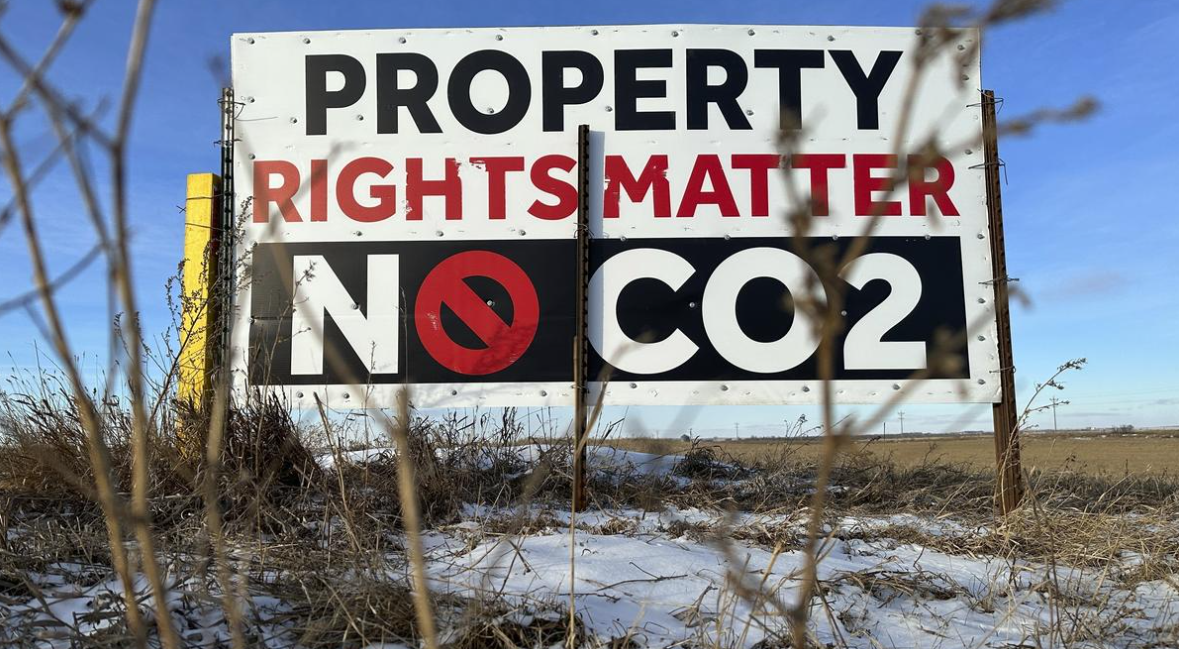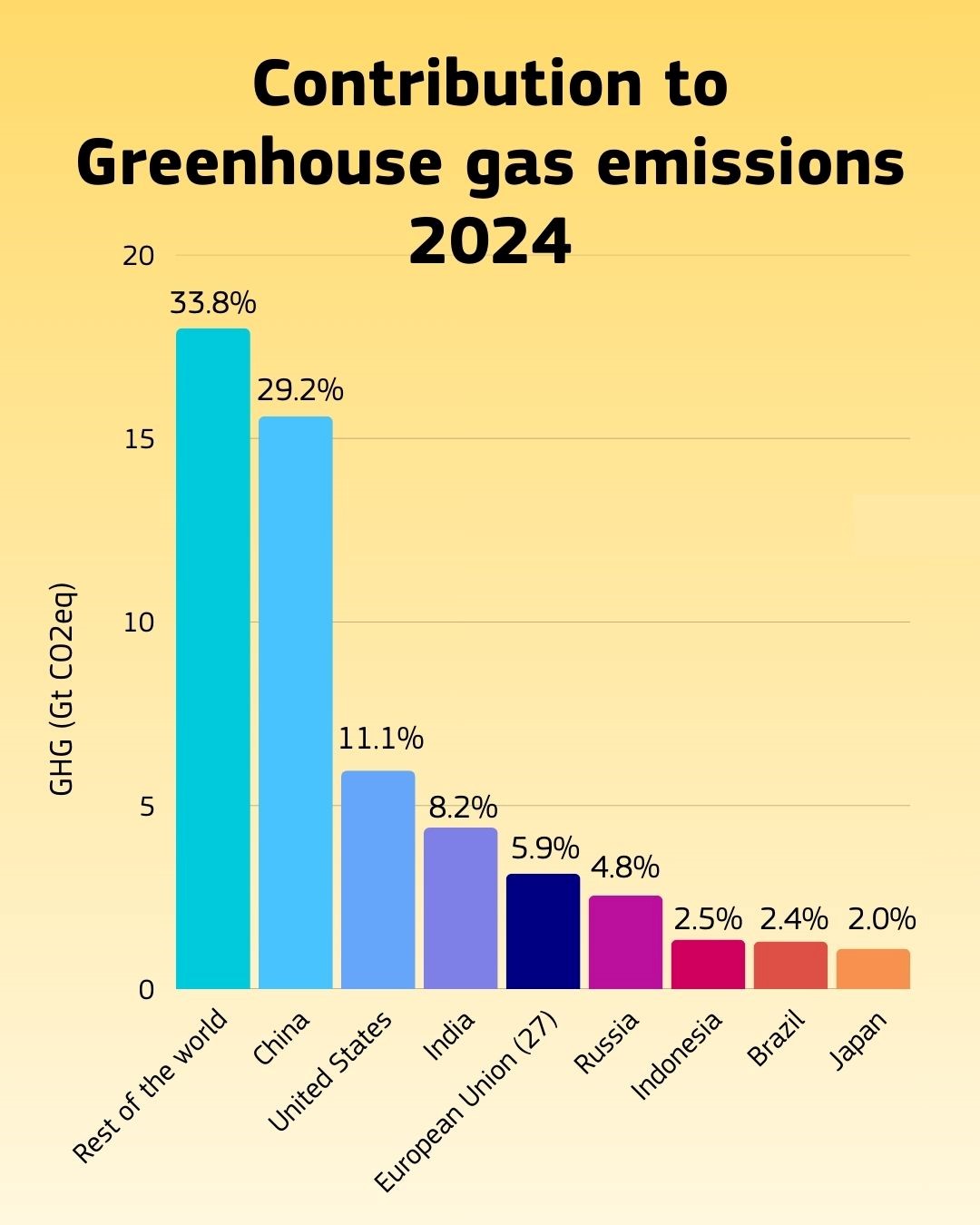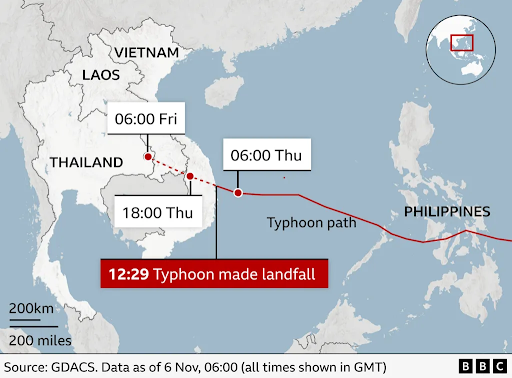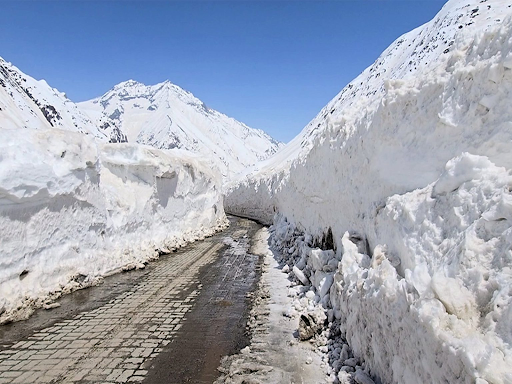Description
Copyright infringement not intended
Picture Courtesy: The Hindu
Context:
A new report by Climate Analytics has raised serious concerns about Asia’s growing reliance on Carbon Capture and Storage (CCS).
- According to the study, these expansive plans could result in up to 25 billion tonnes of additional CO₂ emissions by 2050.
- Asia is home to some of the world’s most energy-intensive economies, collectively responsible for over half of global fossil fuel use and greenhouse gas emissions.
- Despite industry claims, CCS technology has consistently underperformed, managing to trap only about 50% of emissions.
- CCS is also significantly more expensive than proven clean energy solutions such as renewables and electrification
What is Carbon Capture and Storage (CCS)?
Carbon Capture and Storage (CCS) is a climate mitigation strategy aimed at reducing carbon dioxide (CO₂) emissions from industrial activities and fossil fuel combustion, especially in power generation. The main objective of CCS is to prevent large volumes of CO₂ from reaching the atmosphere, thereby helping to curb global warming and climate change.
Key Approaches to CCS:
- Point-Source Carbon Capture: This method captures CO₂ directly at the source of emission, such as factory chimneys or power plant smokestacks.
- Direct Air Capture (DAC): DAC technology removes CO₂ directly from ambient air, targeting emissions that have already been released.
Applications of Captured CO₂
- Mineralization (Carbon Mineralization): CO₂ reacts with naturally occurring minerals to form stable carbonates, which can be safely stored underground or utilized in construction materials like concrete.
- Synthetic Fuel Production: CO₂ can be combined with hydrogen (H₂), often generated using renewable energy, to create synthetic fuels such as Synthetic natural gas, Synthetic diesel, Synthetic jet fuel.
- Agricultural Use: Captured CO₂ is often used in greenhouses and indoor farming to accelerate plant growth by increasing carbon concentrations in the air, enhancing agricultural productivity.
- Dry Ice Production: CO₂ can be converted into dry ice (solid CO₂),
Challenges
- Risk of CO₂ Leakage from Storage Sites
- Threats to Groundwater and Marine Ecosystems: Injecting CO₂ underground can displace saline water, which may rise into shallower rock layers.
- High Costs and Limited Financial Feasibility: CCS is a capital-intensive technology. The installation, operation, and maintenance of capture systems and storage infrastructure can be prohibitively expensive.
- Lack of Monitoring and Leak Prevention Technology
- CCS operations require significant additional energy
- CCS is best suited for large, stationary sources of emissions—such as power plants, cement factories, and steel mills.
Way Forward
- Combining CCS with nature-based solutions such as: Reforestation, Afforestation, Sustainable land use and agriculture.
- Global Cooperation and Knowledge Exchange: Establish multilateral forums for discussion and coordination and engagement in joint research initiatives.
- Scaling up renewable energy, energy efficiency, and low-carbon development pathways
- Prioritizing emission reductions is critical
Source: The Hindu
|
Practice Question
Q. Discuss the economic barriers that hinder the large-scale deployment of CCS. (150 words)
|
Frequently Asked Questions (FAQs)
CCS is a technology that captures carbon dioxide (CO₂) emissions from industrial processes and power generation, compresses it, and stores it underground in geological formations to prevent it from entering the atmosphere.
There are two primary approaches:
- Point-Source Capture – Captures CO₂ directly at emission sources like factories or power plants.
- Direct Air Capture (DAC) – Removes CO₂ directly from the atmosphere, even after it's been emitted.
- High cost
- Risk of CO₂ leakage
- Energy-intensive process,
- Limited application, mostly suitable for large industrial facilities.










